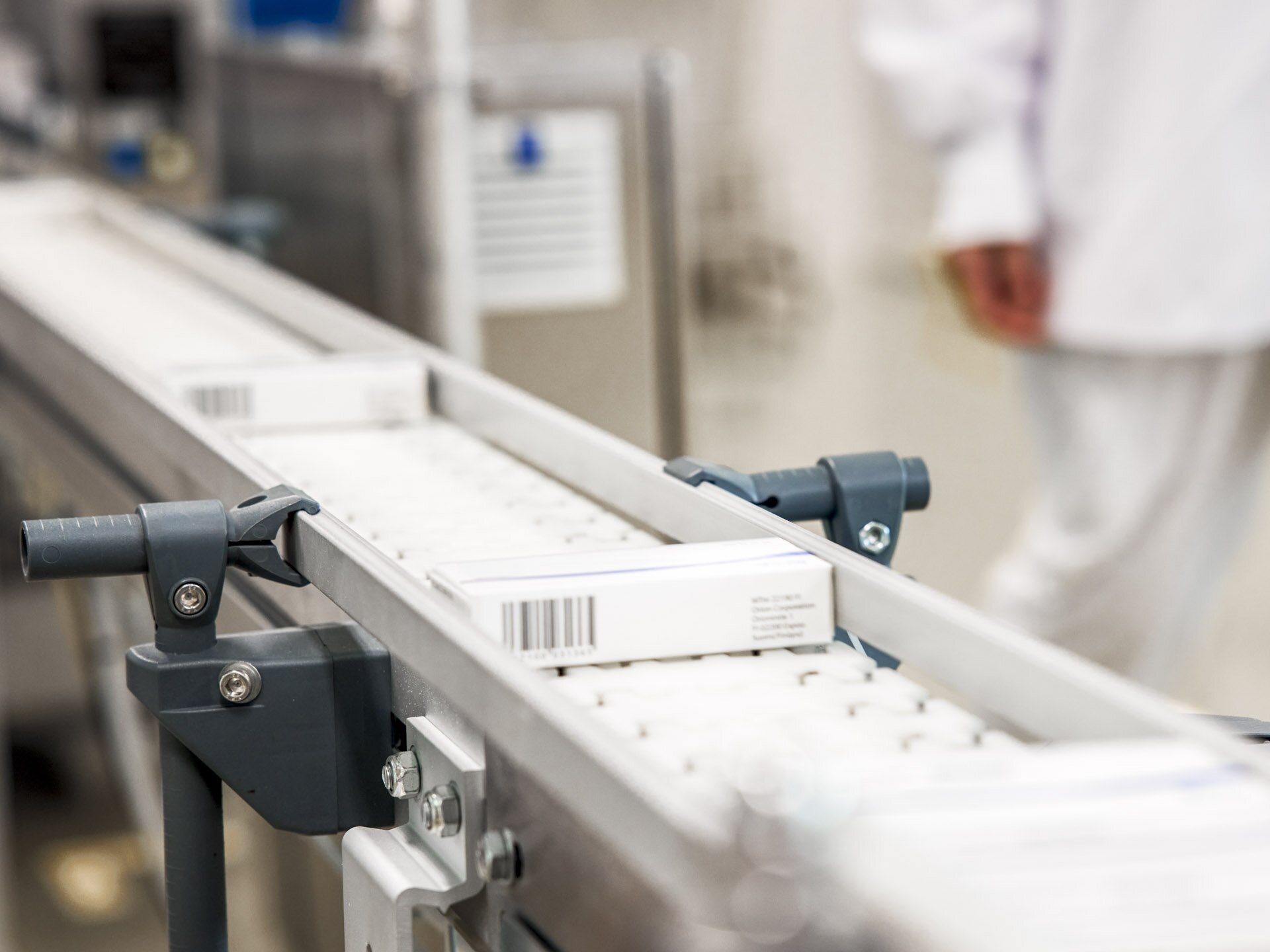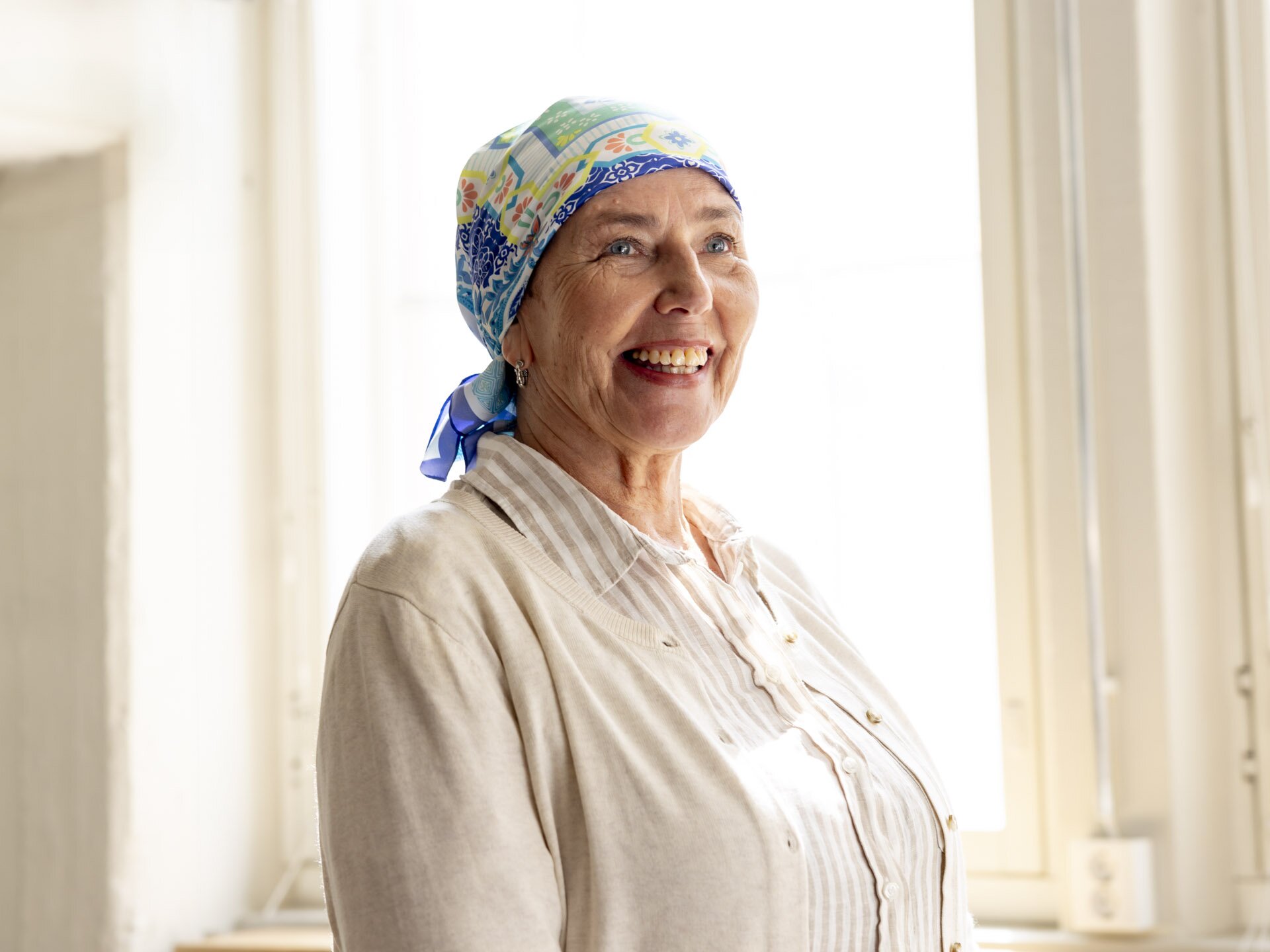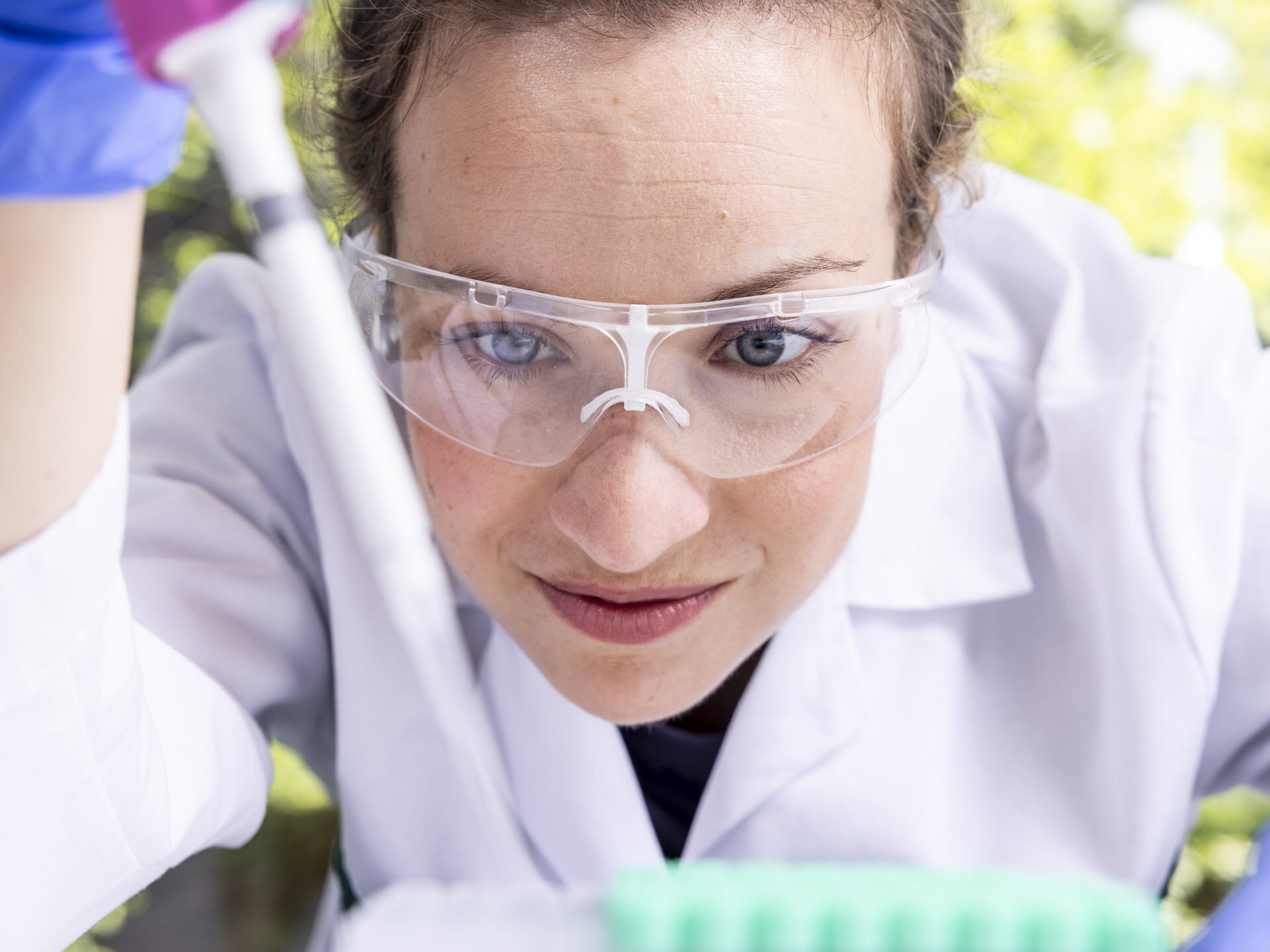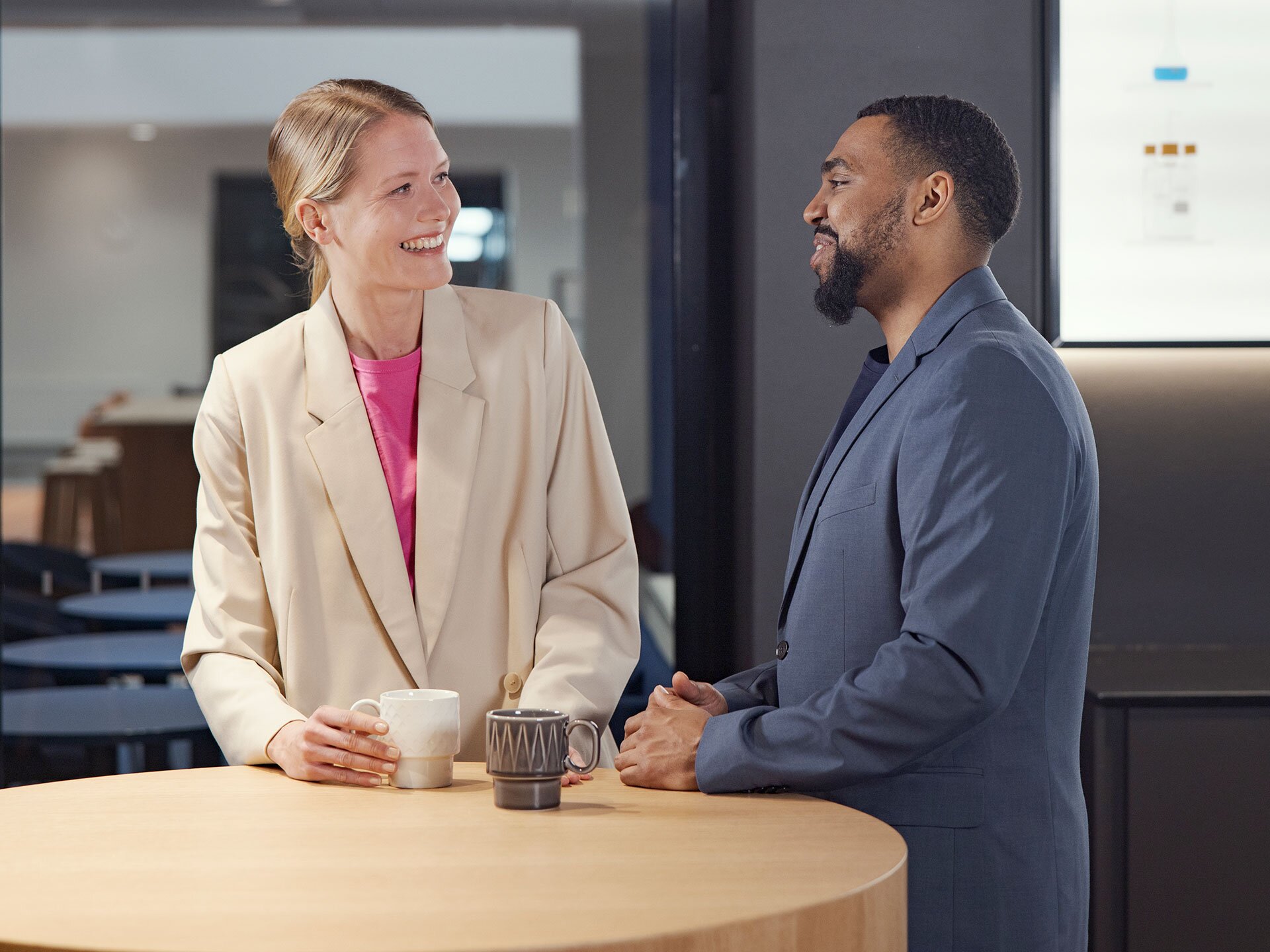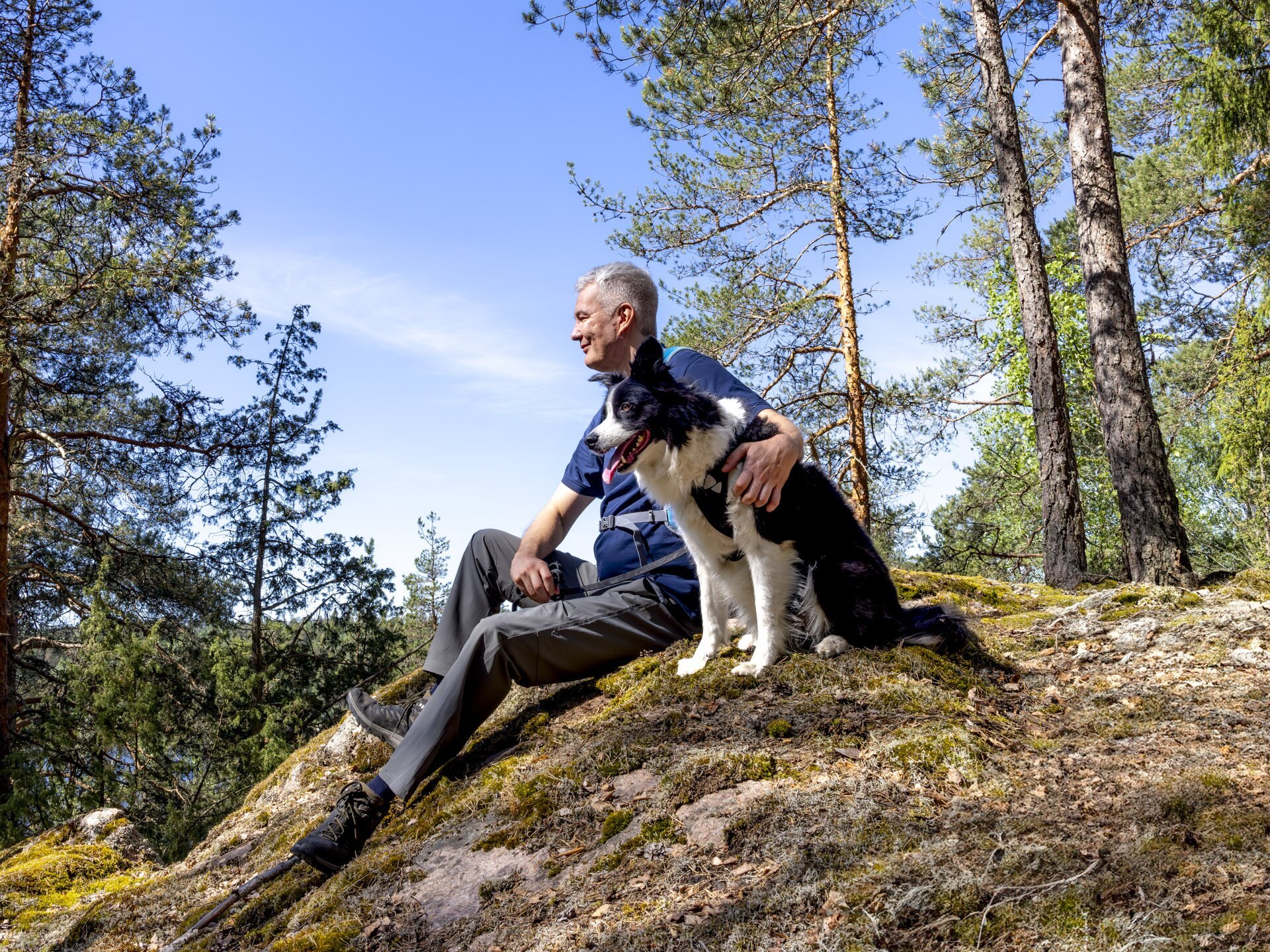Christmas parties can be memorable in many ways. In 2010, while dancing, nurse Hannele Särkioja suddenly lost all power in her legs and fell on the floor. The pain was so intense that she lost consciousness. An ambulance was needed.
Hannele, 40, had suffered from back pain before, but she was examined for the first time at the hospital. A lumbar MRI scan revealed a ruptured disc pressing on a nerve, fluid-filled Tarlov cysts, scoliosis and arthrosis of the lower back.
“My first thought was that I was finally being taken seriously. My back pain had not been examined, although I had been on sick leave because of it. I may have had scoliosis since childhood.
“One lower back symptom occurred during childbirth in 1998: it was difficult to make the epidural anaesthesia work. The doctor said there was some abnormality in my back.”
Physiotherapy and relaxation ease the pain
Getting a referral to rehabilitative physiotherapy took time. Over time, it has proved to be the best possible treatment, both physically and mentally.
“I have been seeing a private physiotherapist for more than ten years. It’s costly, but the benefits are greater than the cost. At the beginning, it took two years to get my muscles and posture in balance. The physiotherapist also provides support and encouragement. The visits have been empowering.”
The physiotherapist provides support and encouragement. The visits have been empowering.
Pain is present in some way all the time. Hannele calls it a third wheel and a lousy partner. None of the painkillers seem to be suitable. Hannele has found that different postures, relaxation, music and exercise, particularly aquafitness, work best.
When the pain is at its worst, Hannele lies on the floor, lifts her legs up on the sofa at a 90-degree angle and stretches her back in pumping movements. She also uses a TNS pain relief device, which delivers electrical impulses to the pain spot and relaxes the area.
Osteoarthritis enters the picture
Back pain took all of Hannele’s attention, so it was only later that she noticed a lump at the base of her thumb.
“The joints in my fingers were so sore that I couldn’t do my chores properly and things kept falling out of my hands. The diagnosis was multiple joint osteoarthritis, initially in the small joints of the fingers and at the base of the left big toe. Since then, I have pain in other joints as well.”
Arthrosis gloves, or pressure gloves, provide support and relieve the pain and swelling caused by osteoarthritis. Wrist supports also help.
“I reluctantly started using assistive devices because I felt that a person under 50 couldn’t need them. When I turned 50, I decided that I was mature enough to use them.”
Accepting the illness took time
Hannele was laid off from her work as a nurse in 2014. She had been working in an inpatient ward, and the employer didn’t have any lighter work to offer.
“It felt like the sky was falling down. I became depressed, and it took me a long time to accept my illness.”
Hannele did not want to take and was not eligible for a disability pension. She has been on fixed-term and part-time rehabilitation allowance three times.
“I could only retire part-time. I have to secure my income, and as a pensioner my identity would change too much.”
Tailored work among people feels right
Hannele has been working in the local parish by means of pay subsidy. She has enjoyed her work; social interaction suits a sociable former nurse.
“I feel empowered when I meet people at the flea market and we talk about anything and everything. In our small town, people know me, so it’s easy to approach me.”
The pay-subsidy work has been tailored and varied. Hannele has worked at a flea market that supports missionary work, and she has also done office and media work on the computer. The working day starts at noon, which is convenient for someone with chronic pain.
Five previous work trials failed, as Hannele is able to work for only a few hours at a time. The pain also interferes with her concentration.
Providing support as an experiential expert
Hannele has completed training to work as an experiential expert, and she shares her story at various events. This work is based on an agreement with the local hospital district and the Finnish Pain Association.
“Pain is not necessarily visible to the outside world, and people suffering from pain may be belittled. I have been called a hypochondriac and lazy. Fortunately, attitudes have changed over the years, and chronic pain is taken more seriously.”
Fortunately, attitudes have changed over the years, and chronic pain is taken more seriously.
Hannele started to run a pain association peer support group in her home town. She says that sharing experiences among peers in a respectful atmosphere eases anxiety and relieves fear.
“I want to give support and hope through my example and from my heart, and provide a shoulder to lean and cry on. Peer support doesn’t cure anyone, but it gives you strength – even the darkest aspects should be turned into a resource. Everyone needs someone to walk alongside them, and no one should be left alone. When I can no longer practice my profession, this is how I do care work.”
The Finnish Pain Association also offers peer support via Teams or chat if there is no group in your area. Hannele believes that those close to pain patients should also seek peer support.
Small joys have become big ones
Pain has also affected Hannele’s character. She says she used to be a straightforward go-getter, but she has been forced to slow down.
“I was ambitious, and money was a measure of success for me. Now all that has lost its meaning – my values have changed completely. Happiness comes from other things. No one can know about tomorrow, but you can affect the present.”
Hannele finds joy and strength in family, nature, faith, friends and work.
“I lost everything, and yet there are many things for which I am grateful. Small things have become great.”
The embrace of the forest is close by. The hum of the wind, the singing of the birds and the scent of the forest are soothing. Hannele says that the sound of the nearby Niskakoski rapids is therapeutic. She enjoys her packed lunch in a lean-to, where she says food tastes better.
Hannele Särkioja’s thoughts on pain:
- Relaxation and water workouts ease the pain.
- People with back pain and osteoarthritis should use assistive devices.
- A work identity keeps your head straight and secures a livelihood.
- Everyone needs someone to walk alongside them.
- The Finnish Pain Association also offers peer support via Teams and chat.
